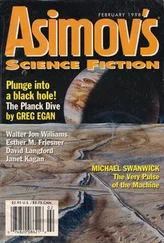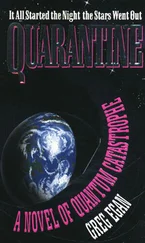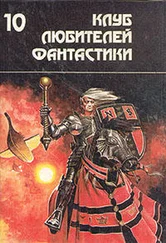Despite all the difficulties they face, the scientists of the Orthogonal universe do have one advantage: the mathematics of quantum mechanical spin fits into a beautiful geometrical framework that they would have had good reason to explore, long before the discovery of quantum mechanics itself. In their universe, four-dimensional vectors are naturally identified with the number system that we call quaternions (see Appendix 3 for more details). Remarkably, quaternions can also be used to describe entities known to us as spinors, which correspond to particles such as electrons in our universe, or luxagens in the novel. Having a ready-made mathematical system that can encompass both vectors and spinors offers a powerful short-cut to insights that took many years to achieve in our own history of quantum mechanics. For this insight I’m indebted to John Baez, who explained to me how spinors can be viewed as quaternions.
Although the word “magnetism” appears nowhere in the novel, most readers will recognize Patrizia’s ideas about aligning the spins of luxagens in a solid as something closely analogous to the creation of a permanent magnet. Just as an electrostatic force that pulls in one direction over macroscopic distances is impossible in the Orthogonal universe, the same is true of magnetism, so there is no long historical tradition of familiarity with this phenomenon. But amazingly enough, the quantum subtleties that Patrizia discovers to be dictating the alignment of spins are even more crucial to the existence of permanent magnets in our own universe than in hers! Under our rules, the magnetic force between spinning electrons encourages them to adopt opposite spins and cancel each other’s magnetic fields, and it’s only the quantum effect that we call the “exchange interaction”—which relies on the way different combinations of spin affect the average distance between electrons, and hence the average electrostatic repulsion between them—that allows a substance like iron to hold a powerful magnetic field.
The “optical solids” described in the novel might sound reminiscent of the “optical lattices” that are used by real-world researchers to trap and study atoms at extremely low temperatures—but in fact these are very different systems. In the Orthogonal universe, the hills and valleys of light’s electric field can be made to move slowly enough that charged particles can be trapped in the valleys and carried along with the light. A combination of three light beams can sculpt this “energy landscape” so that the valleys confine the trapped particles in all three dimensions.
In our own universe this is impossible: charged particles could never keep up with a traveling light wave, and in a standing wave—where the intensity of the light forms a fixed pattern in space—the electric field is still oscillating in time , with each valley becoming a hill, and vice versa, hundreds of trillions of times per second. But while an optical lattice can’t trap charged particles in its ever-changing electric field, it can nonetheless exert subtler kinds of forces. These forces relate to the intensity of the light rather than the direction of the electric field, so they retain a consistent direction over time and can be used to confine electrically neutral atoms.
Supplementary material for this novel can be found at www.gregegan.net.











